This Coconut Bread Loaf is soft, moist, light and fluffy. Made all in one bowl, using simple ingredients, its naturally sweetened, and so easy to make.
With a texture similar to banana bread, the coconut flavor definitely comes through. I love a slice with my morning coffee and its great as a healthy breakfast option too since its packed with fibre and there's no added sugar!
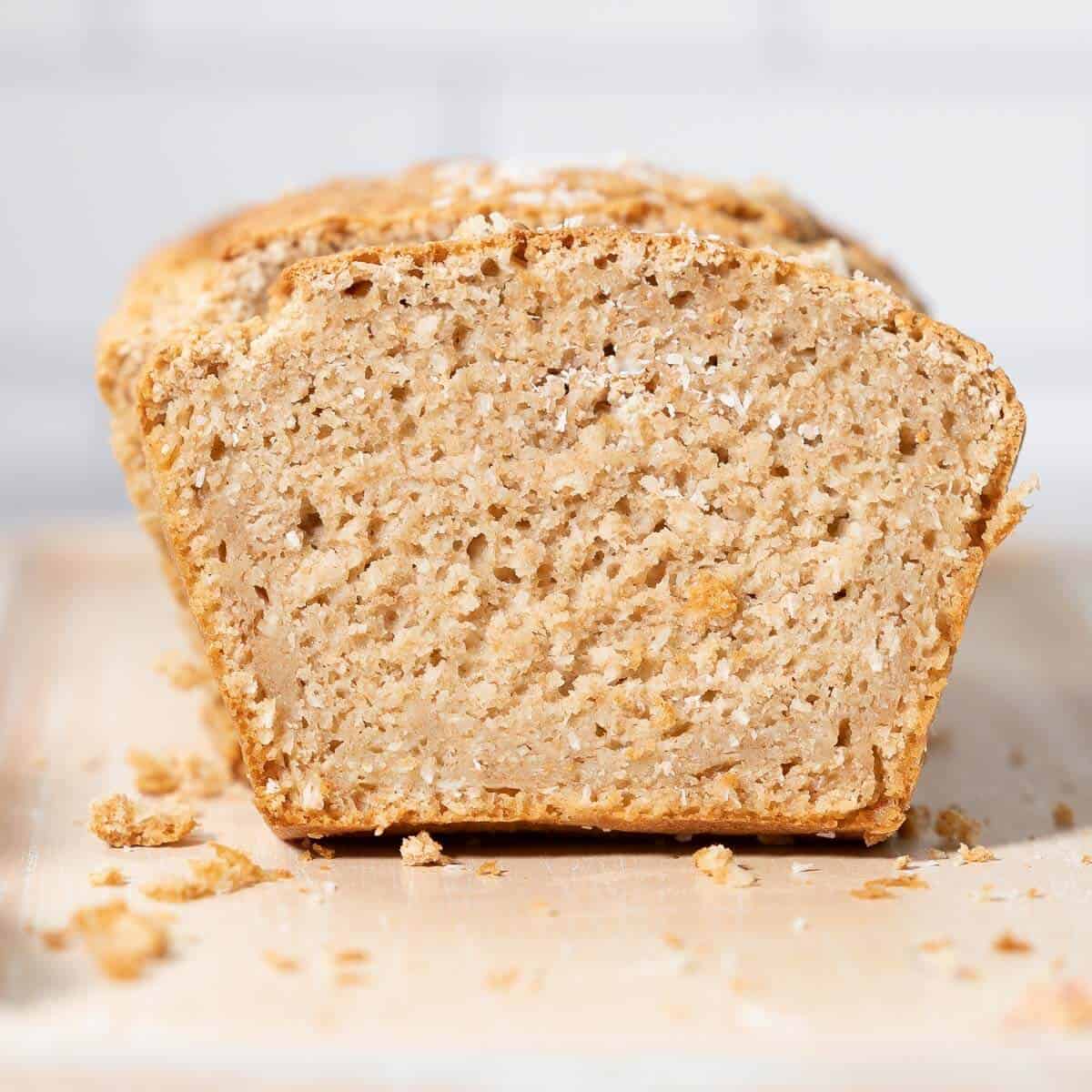
Save This Recipe
Enter your email below and I'll send this recipe link straight to your inbox so you'll always have it handy!
This coconut bread recipe made with coconut milk is moist and tender with a delicate crumb. Using a full fat coconut milk adds richness and fat to the cake batter, creating the perfect combination of flavor and texture.
Recipe Highlights
- Only 7 basic everyday Ingredients
- You can make it all in one bowl, so less mess
- Its refined sugar free and dairy free
- Its quick and easy to make – a no fuss cake
- Its light and filling with just the right amount of sweetness
- You don’t have to worry about it drying out because it stays moist for days – if it lasts that long!
- It’s a cake you can eat all year round and perfect to make when you want something different to chocolate cake
- Perfect for coconut lovers and good enough and healthy enough to eat for breakfast!
Check out these coconut energy balls or these lemon coconut bars for more zesty healthy dessert options.
Ingredients
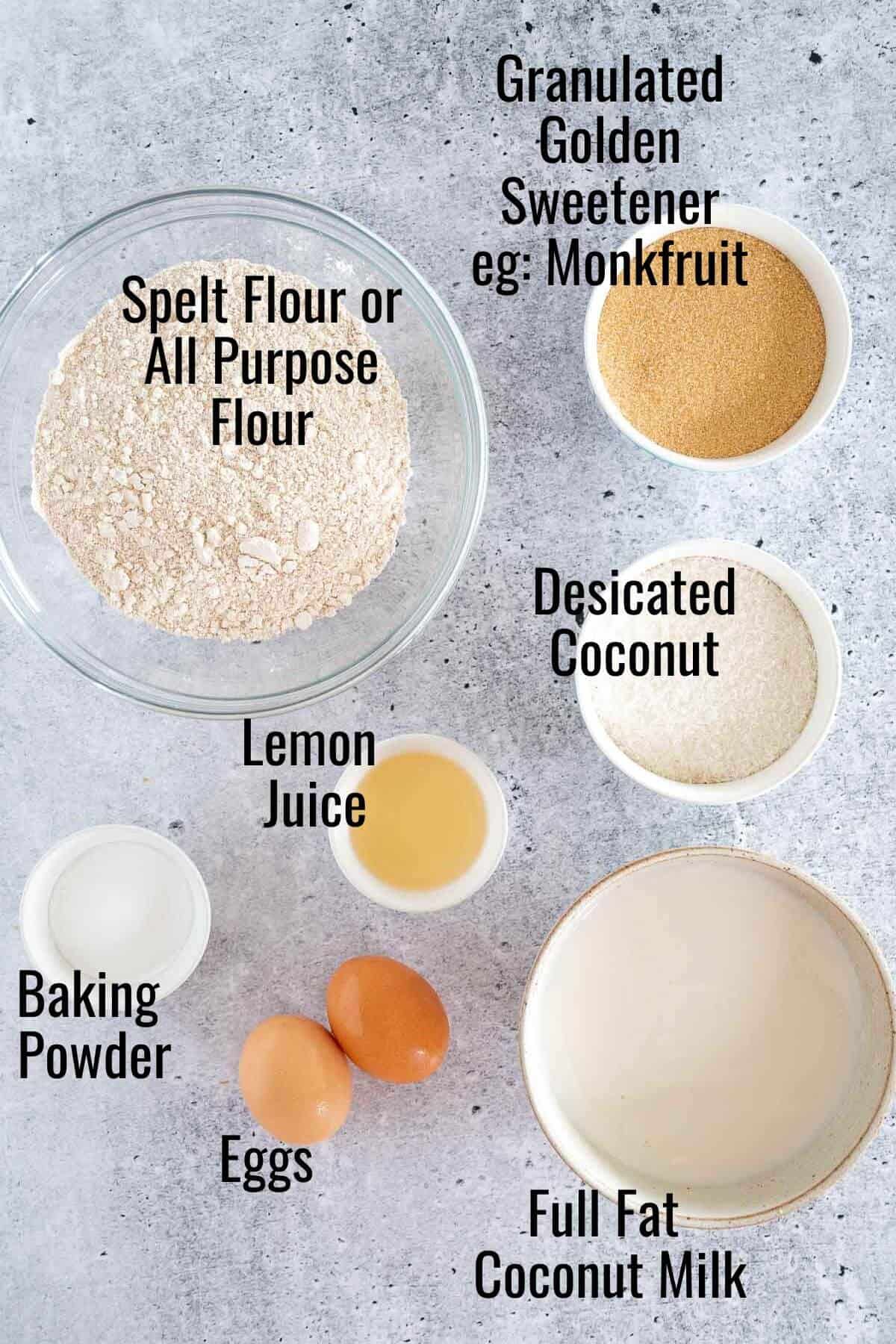
A must make cake if you're new to sugar free baking, and if you’re looking for an alternative to banana bread and chocolate cakes.
Ingredient Notes
- Spelt Flour: white or wholemeal spelt flour may be used in this recipe. Alternatively, plain flour can also be used. I wouldn’t recommend using coconut flour as it works in different quantities.
- Coconut: Try and get the unsweetened desicated coconut so that it disappears into the cake whilst imparting that coconut flavour.
- Coconut Milk: Definitely go for full fat coconut milk as opposed to a low fat coconut milk as it will make the loaf more moist. You could substitute for coconut cream or coconut yoghurt in the same quantities but this will make the coconut bread more dense in texture and take away from of the lightness that the coconut milk creates.
- Baking Powder: I use 3 teaspoons of baking powder in this recipe which might seem like a lot, but it works and it creates a gorgeous domed top that doesn't sink when you take it out of the oven.
- Lemon Juice: Fresh lemon juice is best, pips and seeds removed. However at a pinch you could use the lemon juice from that comes in a bottle. Though the fresh lemon juice does really lift the cake.
- Sweetener: I used lakanto monkfruit Golden sweetener which measures like sugar. You could also use granulated stevia that measures like sugar.
Sweetener Tips
Whether you use white, brown or golden sweetener doesn't matter taste wise, it may slighter alter the color of the finished product though. Using granulated white sweetener will result in a paler coconut bread, and using golden or brown sweetener will give it a little hint of color.
How To Make Coconut Bread
- Mix Dry Ingredients: Add flour, desicated coconut, sweetener and baking powder into a large mixing bowl and whisk together until combined.
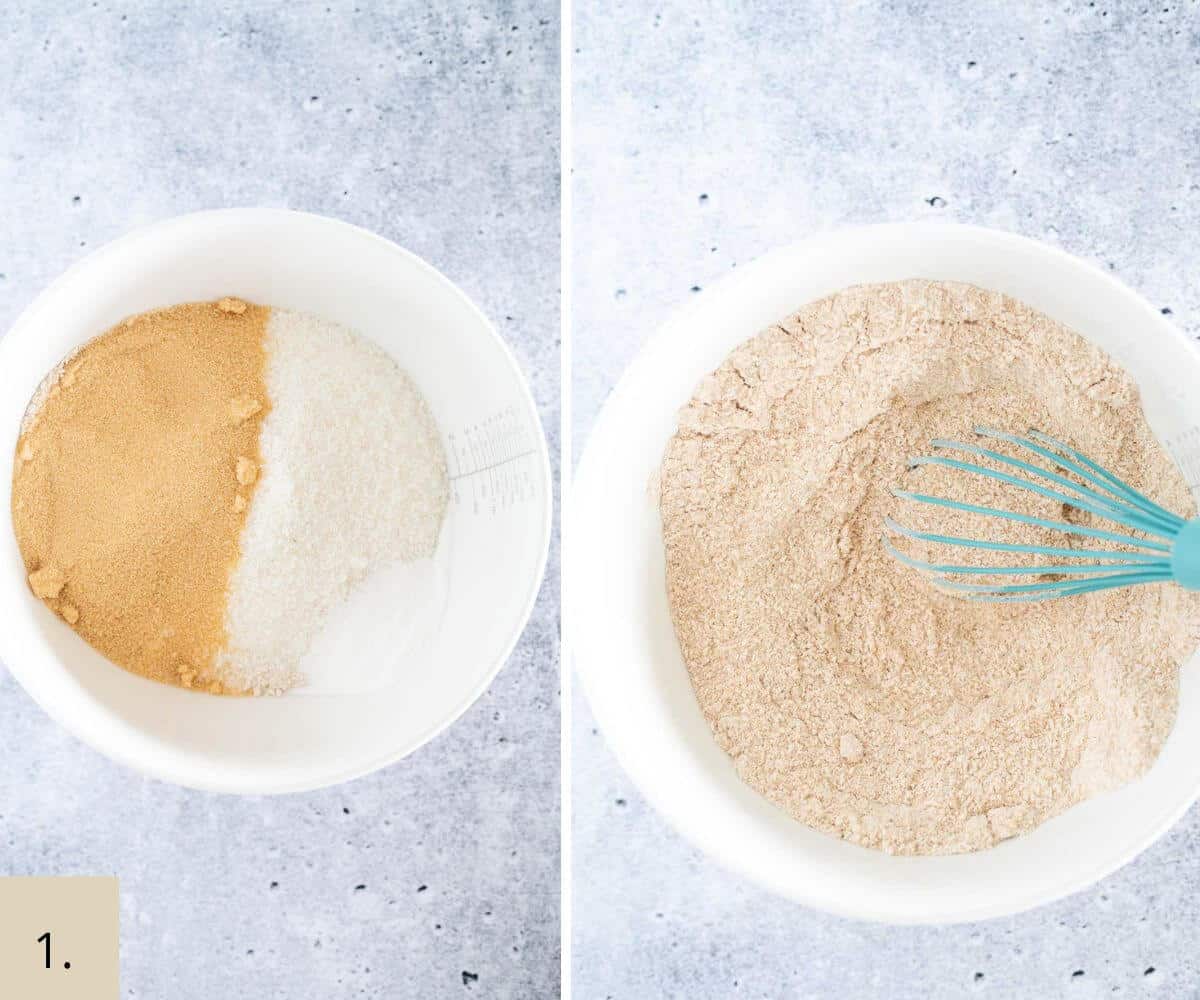
- Add Wet Ingredients: add eggs, coconut milk and lemon juice to dry ingredients and mix together with a spatula until a batter is formed.
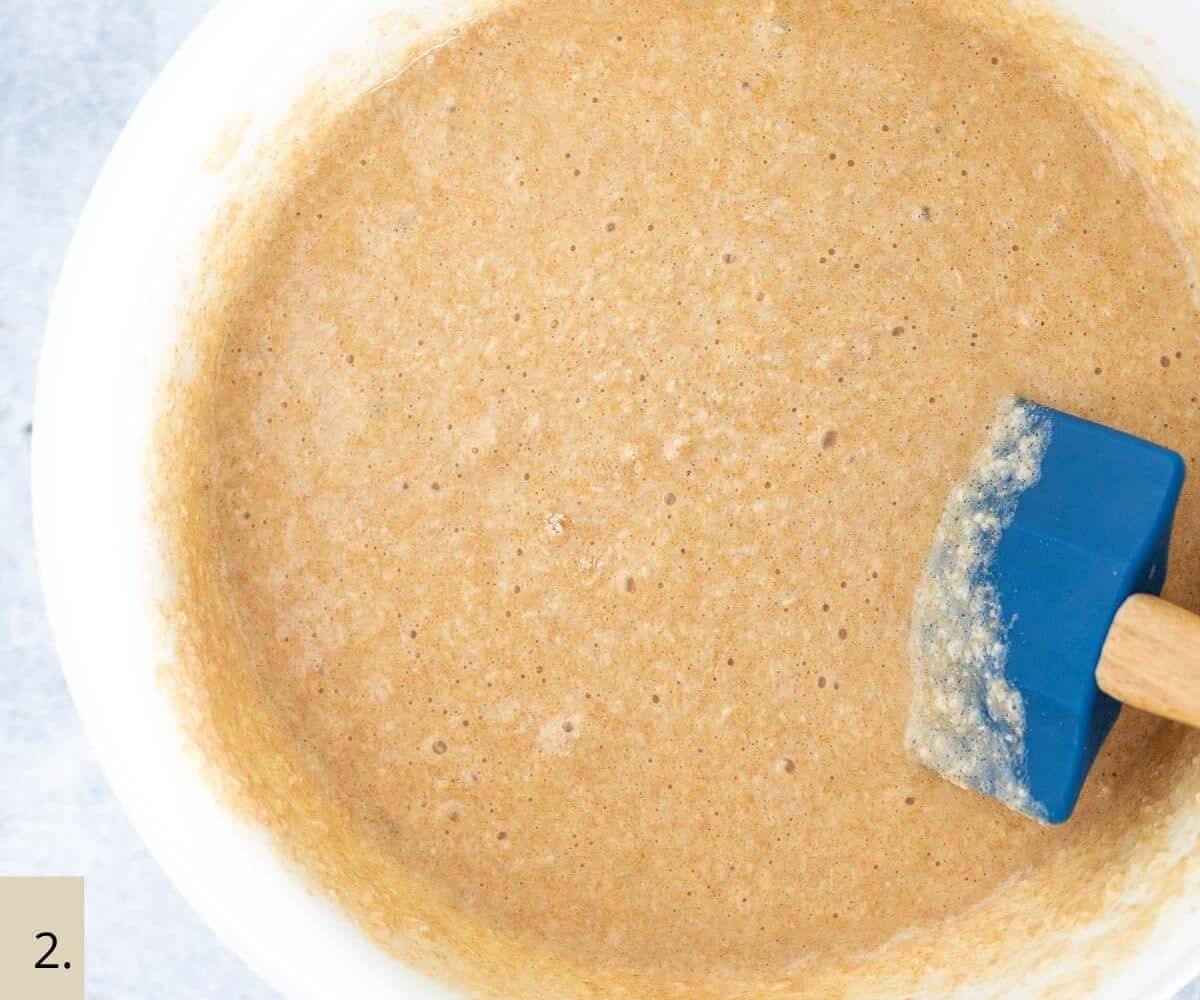
- Prepare Baking Tin: line a rectangle loaf tin with baking or parchment paper (using a little oil or butter to help the paper stick). Pour in the batter, smoothing out the top so its evenly distributed
- Bake: Bake in the oven at 180 C/360 F for 55 minutes until golden on top. All ovens are different so I recommend checking at 50 minutes. Poke a cake skewer into the centre of the loaf and if it comes out clean it is done.

Recipe Tips
- Sweetness: For an extra hit of sweetness, add 1 additional tablespoon of granulated sweetener. It won't make it sickly sweet, just a little sweeter.
- Baking Powder: Make sure your baking powder is still good and not past its best. If you haven't used it in 6 months, time for a new one. Using old baking powder means the bread won't rise to form the nice dome shape
- Line tin: Don't skip lining the loaf tin with baking or parchment paper as it will be much easier to get the coconut loaf out once baked. Use a little spray oil on the inside of the tin to help stick the paper down.
- Baking: once you've mixed the cake batter, don't let it sit around in the bowl. Get it into the tin and into the oven for best results to ensure the rising agents remain active.
- Serving: I love having my coconut bread with a light spread of butter on top for extra richness, although I also often eat it as is without anything and it is just as good.
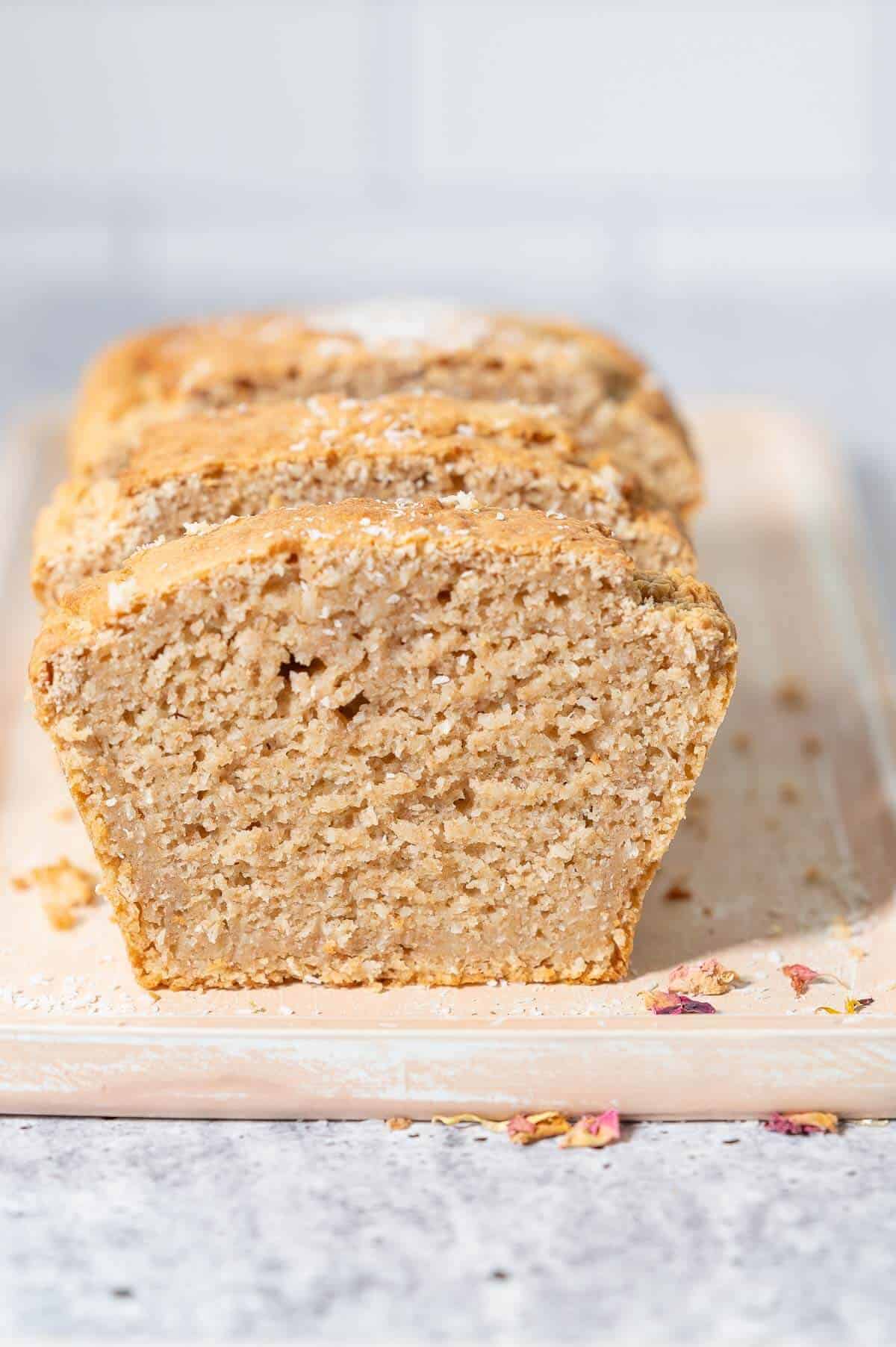
Recipe FAQ
You could but it won't be as moist, but it would still work
Yes you could use regular plain flour in this cake, however you should not swap the Spelt Flour for Coconut Flour as the cake won’t work. You’d need an entirely different quantity of coconut flour and the other ingredients would also need adjusting – basically it’s a different recipe altogether.
It will stay fresh for 4 days in an air tight container in the fridge.
Slice cake and put into ziplock bags, then freeze for up to 4 weeks. Defrost on counter at room temperature, or microwave for 1 minute.

If you’re used to making chocolate cakes, why not try this simple Coconut Milk Cake. You don’t need any special equipment and you can use whatever cake tin you have on hand. It takes less than 20 minutes of prep, and then you can out your feet up while it cooks itself in the oven.
More Sugar Free Baking
- Easy Chocolate Fudge Date Cake
- Sugar Free Chocolate Cake with Ganache Frosting
- Sugar Free Orange and Almond Cake
- Sugar Free Vanilla Cupcakes
- Sugar Free Lemon Loaf with Lemon Drizzle
- Sugar Free Banana Bread (also dairy free!)
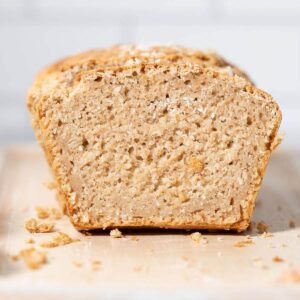
Coconut Bread Loaf with Coconut Milk
Ingredients
- 1 ¾ cups Spelt Flour
- 1 cup Desicated Coconut
- 1¾ cup Coconut Milk, Full Fat
- 1 cup Granulated Sweetener that measures like sugar
- 2 large Eggs - (at room temperature)
- 1 tablespoon Fresh lemon juice
- 3 teaspoons Baking Powder
Instructions
- Preheat fan oven to 180 degrees C/360 degrees F.
- Mix Dry Ingredients: Add flour, desicated coconut, sweetener and baking powder into a large mixing bowl and whisk together until combined.
- Add Wet Ingredients: add eggs, coconut milk and lemon juice to dry ingredients and mix together with a spatula until a batter is formed.
- Prepare Baking Tin: line a rectangle loaf tin with baking or parchment paper (using a little oil or butter to help the paper stick). Pour in the batter, smoothing out the top so its evenly distributed/
- Bake: Bake in the oven at 180 C/360 F for 55 minutes until golden on top. All ovens are different so I recommend checking at 50 minutes. Poke a cake skewer into the centre of the loaf and if it comes out clean it is done.
- Cool: Let loaf cool in the tin to room temperature then remove from tin. Once it has fully cooled, slice into 8 pieces. Enjoy straight away or freeze slices in ziplock bags for later.
Notes
- Spelt Flour: white or wholemeal spelt flour may be used in this recipe. Alternatively, plain flour can also be used. I wouldn’t recommend using coconut flour as it works in different quantities.
- Coconut: Try and get the unsweetened desicated coconut so that it disappears into the cake whilst imparting that coconut flavour.
- Coconut Milk: Definitely go for full fat coconut milk as opposed to a low fat coconut milk as it will make the loaf more moist. You could substitute for coconut cream or coconut yoghurt in the same quantities but this will make the coconut bread more dense in texture and take away from of the lightness that the coconut milk creates.
- Lemon Juice: Fresh lemon juice is best, pips and seeds removed. However at a pinch you could use the lemon juice from that comes in a bottle. Though the fresh lemon juice does really lift the cake.
- Sweetener: I used lakanto monkfruit Golden sweetener which measures like sugar. You could also use granulated stevia that measures like sugar.
- Baking Powder: Make sure your baking powder is still good and not past its best. If you haven't used it in 6 months, time for a new one. Using old baking powder means the bread won't rise to form the nice dome shape
- Freezing: Slice cake and put into ziplock bags, then freeze for up to 4 weeks. Defrost on counter at room temperature, or microwave for 1 minute.
Nutrition
Note: Sugars contained in this recipe are from naturally occurring sugars in fruits, vegetables or other natural sweeteners. Calories have been calculated for your convenience using My Fitness Pal and are based on the ingredients listed in the recipe card.


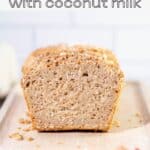
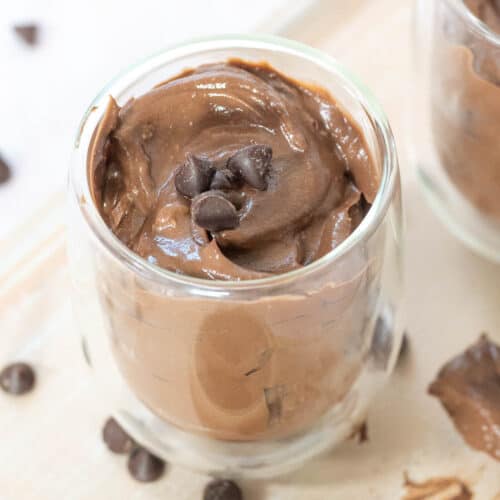

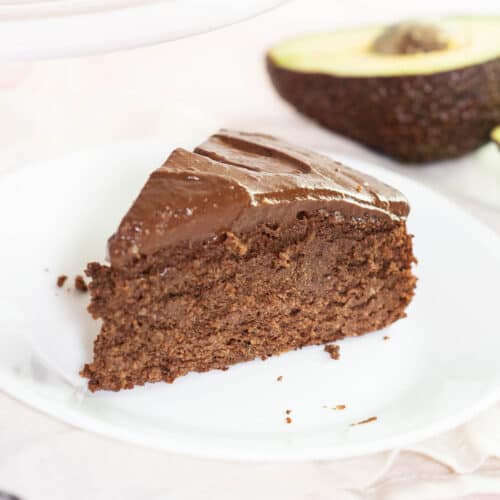
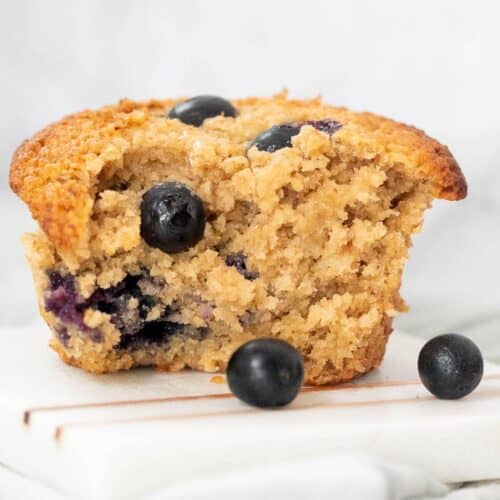
Madigan
Outstanding! My 8 y/o daughter made this coconut bread and it was amazing. Now it’s our 3 Y/O favorite.
She used jaggery as sweetener and the colour was beautifully brown ish. Tha